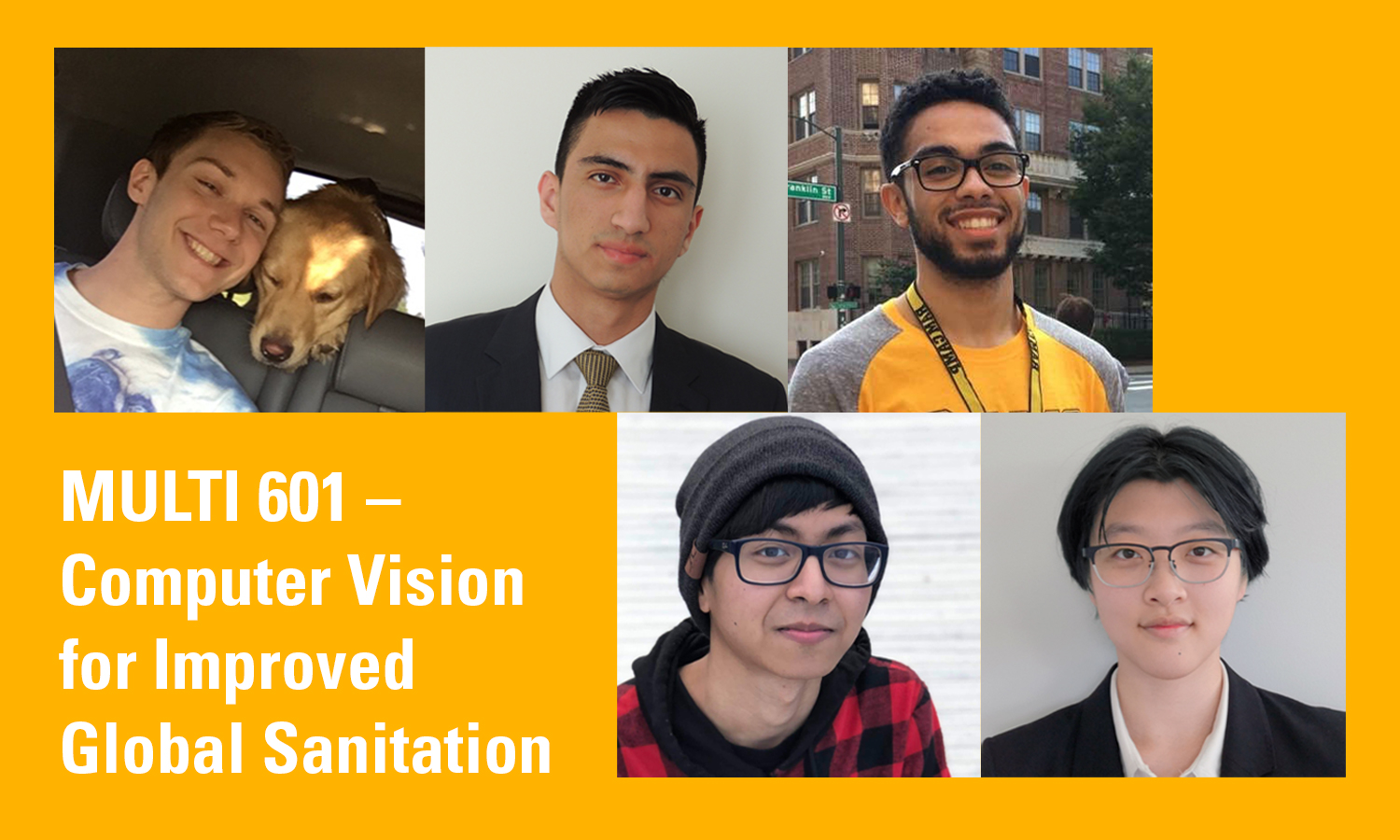|
Team |
Advisers |
Client |
| Joseph Allen Andres Escamilla Devin Sivick Brandon Sun Kimberly Yu |
Bennett Ward, Ph.D., Director, Project Outreach |
Swiss Federal Institute of Aquatic Science and Technology |
Project Title: Computer Vision for Improved Global Sanitation
What it is, in a nutshell
A multi-platform system that takes an image of sludge, extracts visual information and uses a data-driven model to make predictions about sludge content.
What it is, in a slightly bigger shell
This project uses chemical and life science engineering concepts, plus innovative technology, to produce an app to help field operators characterize sludge at treatment plants for better process control and monitoring. Any treatment plant operator or researcher will be able to use the open-source app to identify the composition and characteristics of incoming sludge for faster, more effective treatment.
Why it needs to exist
An estimated 1.8 billion people (a quarter of the world’s population) live without access to adequate sanitation. Most waste treatment facilities serving populations without access to sewers lack an efficient way to characterize sludge for treatment. This can cause treatment plants to release toxic waste back into the system, creating hazards to public health.
What they’re working on right now
The team is currently putting the finishing touches on the machine learning model used for the data extrapolation and refining the user experience and functionality of the application.
The biggest challenge so far
Synchronizing the two sub-groups’ deliverables before integrating the whole system took a lot of coordination.
Their goal by the end of the year
By the end of the year, the team aims to deliver a fully working, fully documented sludge characterization tool for use in the field, under Swiss Federal Institute of Aquatic Science and Technology supervision. They will also release the source code as an open-source asset.
Unsung hero of the project
Kimberly Yu's fellow members gave her a shoutout for showing leadership from the beginning of the project to the end. She handled all communication with the sponsors and advisors and helped the team organize machine learning, image recognition, the database and the website. Her team colleagues said she has been a great leader.
